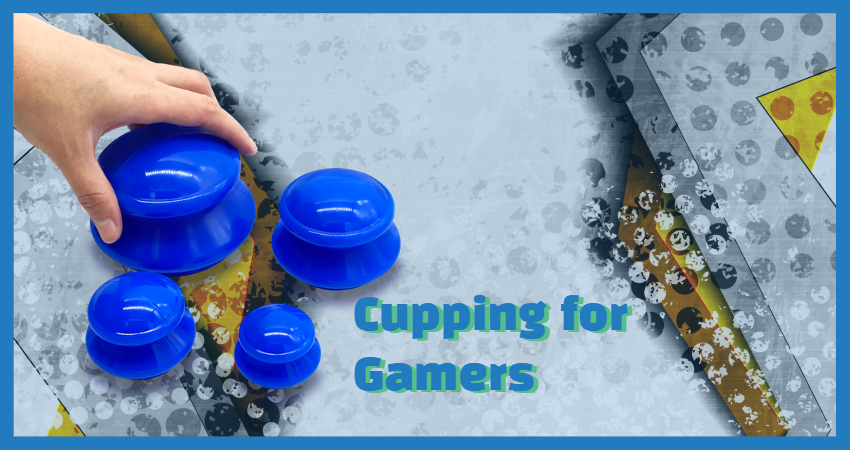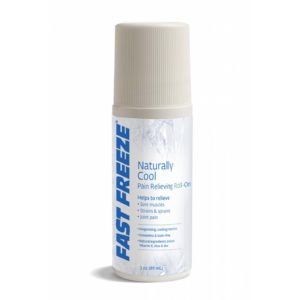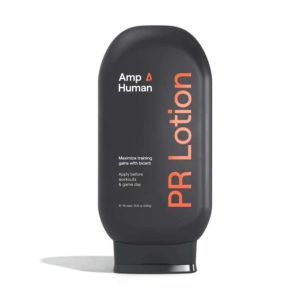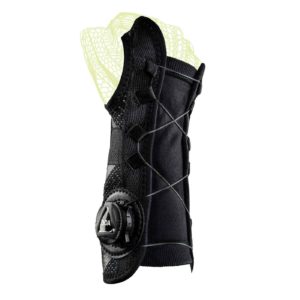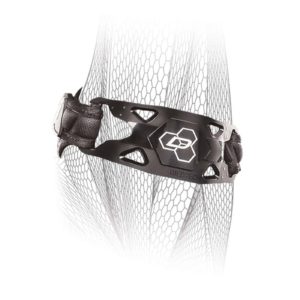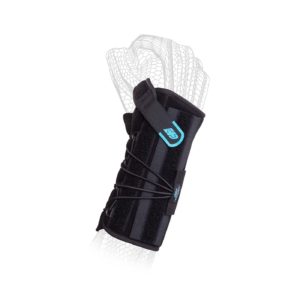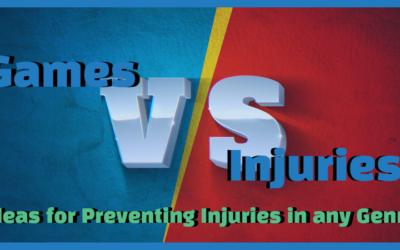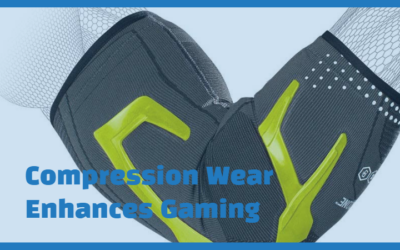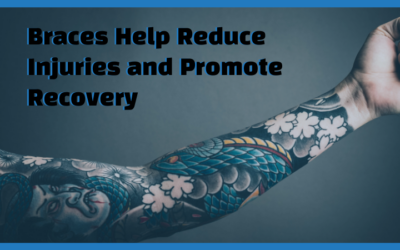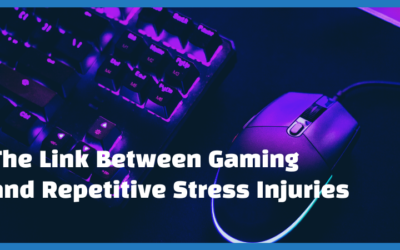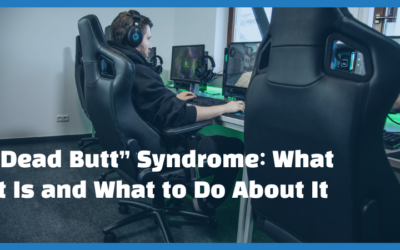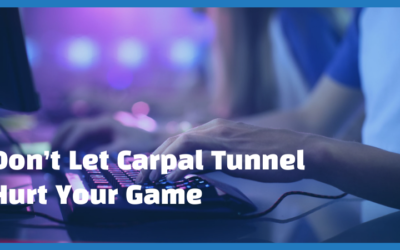Depending on your setup, you have probably felt aches and pains after a long session of gaming. Many gamers, professional or casual, experience significant pain in their wrists, shoulders, and back[1]. This is due to the long periods gamers spend sitting in sometimes uncomfortable positions that strain key muscle groups, nerves, and the spine.
While the best method to help reduce pain is to take regular breaks and limit gaming sessions, this is not always feasible when one is training for competitive play or seriously invested in an engrossing quest line[1]. Painkillers like acetaminophen (Tylenol) are helpful for muscle pains caused by extended gaming, but they adversely affect the body if used in excess[2]. As a result, many gamers look for alternative options to help safely manage gaming-related pains and aches. One such option is cupping.
What is Cupping?
Cupping is a treatment practiced in many cultures since antiquity, wherein a person applies cups to the surface of the skin using suction[3, 4]. Egyptian papyrus texts from 1500 BC describe the technique. Other records show that cupping was commonly used in ancient Greece, China, and Western Europe [4]. The technique flourished particularly during the Islamic Golden Age. Many people in Asia and the Middle East currently use cupping for pain relief and other health problems. The practice has become popular with many high-performing athletes in recent years.
How Does Cupping Work?
During cupping, a person places cups on the skin and applies negative pressure to the tissue and underlying muscle. This sticks the cups to the skin, where they remain for 3 – 5 minutes[4-6]. Pressure is usually applied via mechanical pumping.
What are the Effects of Cupping?
Cupping opens up tiny blood vessels in the area, increasing blood flow[4, 6]. As a result of the increased blood flow, cupping therapy can reduce local pains and muscular tension in the areas it is applied to. In addition, cupping targets myofascial adhesions, “knots” or “trigger points” that limit soft tissue flexibility, negatively impacting muscle control and performance [7]. Myofascial adhesions form through microscopic damage caused by exercise, injury, repetitive strain, and normal wear and tear on the body, resulting in pain and tension.
Does Cupping Therapy Have Risks?
By and large, cupping is safe, but there are some inherent risks with the procedure[8]. Cupping therapy can cause large darkened regions of skin due to broken blood vessels, especially when cups are left on too long. However, proper technique and short treatment durations can largely prevent this risk.
Is Cupping Backed by Science?
There have not been many large randomized controlled trials to examine whether cupping is effective for pain management. However, the current body of research suggests cupping treatment can help provide some degree of pain relief, especially when used in conjunction with other pain management strategies[9]. More research is needed to help determine the best methods of cupping therapy moving forward.
Cupping Therapy for Gamers
Cupping therapy has shown mild-to-moderate benefits for aches and pains, many of which are common in dedicated gamers. If you have pain issues from gaming, cupping may be a helpful addition to your wellness strategies.
References
1. Tholl, C., et al., Musculoskeletal disorders in video gamers – A systematic review. BMC Musculoskelet Disord, 2022. 23(1): p. 678.
2. Gerriets, V., J. Anderson, and T.M. Nappe, Acetaminophen, in StatPearls. 2022: Treasure Island (FL).
3. Mehta, P. and V. Dhapte, Cupping therapy: A prudent remedy for a plethora of medical ailments. J Tradit Complement Med, 2015. 5(3): p. 127-134.
4. Furhad, S. and A.A. Bokhari, Cupping therapy, in StatPearls. 2022: Treasure Island (FL).
5. Bridgett, R., et al., Effects of cupping therapy in amateur and professional athletes: Systematic review of randomized controlled trials. J Altern Complement Med, 2018. 24(3): p. 208-219.
6. Al-Bedah, A.M.N., et al., The medical perspective of cupping therapy: Effects and mechanisms of action. J Tradit Complement Med, 2019. 9(2): p. 90-97.
7. Bordoni, B., K. Sugumar, and Varacallo M., Myofascial Pain, in StatPearls. 2022: Treasure Island (FL).
8. Aboushanab, T.S. and S. AlSanad, Cupping therapy: An overview from a modern medicine perspective. J Acupunct Meridian Stud, 2018. 11(3): p. 83-87.9. Kim, J.I., et al., Cupping for treating pain: a systematic review. Evid Based Complement Alternat Med, 2011. 2011: p. 467014.

